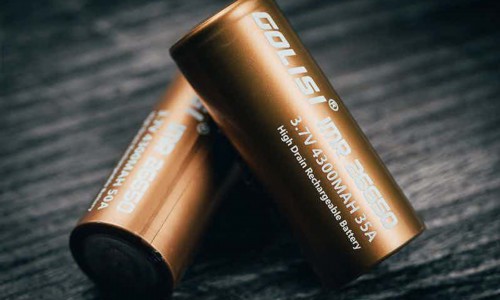
What Are the Side Effects of Vaping?
Understanding the Hidden Dangers of Vaping
Many individuals perceive vaping as a safer alternative to traditional cigarettes, yet the potential side effects of vaping are often underestimated or overlooked. From respiratory issues to potential long-term health risks, it is essential to understand what these effects entail. This article provides an in-depth examination of the adverse effects associated with vaping products, highlighting the differences between e-cigarettes and traditional smoking.

Respiratory Effects
One of the primary concerns regarding vaping is its impact on respiratory health. Many users report symptoms such as coughing, wheezing, and shortness of breath. These issues arise due to the inhalation of vaporized substances that can irritate the lungs. Studies indicate that the chemical composition of e-liquids, often containing harmful additives, can exacerbate existing respiratory conditions like asthma.
Cardiovascular Risks
Vaping does not only affect the lungs; it can also lead to cardiovascular issues. Research has suggested that e-cigarette use may increase the risk of heart disease due to elevated heart rates and blood pressure levels. The nicotine present in most vaping products is a significant contributor to these risks, mimicking the effects of traditional tobacco products.
Neurological Concerns
Another alarming aspect of vaping is its effect on the brain, particularly among young users. Nicotine is known to be addictive and can alter brain development in adolescents, leading to long-term cognitive impairments. Users may experience mood swings, anxiety, and even depression as a result of prolonged exposure to nicotine and other chemicals in e-liquids.
Potential for Addiction
Vaping, especially with nicotine-heavy e-liquids, raises significant concerns regarding addiction. Users may find themselves increasing their intake to achieve the same effects over time. This increased dependence can lead to a cycle of consumption similar to that of traditional tobacco products.
Chemical Exposure
The vapor produced by e-cigarettes contains a variety of chemicals, some of which are harmful. While many people believe e-cigarettes are free of harmful substances, they can contain toxic metals such as lead and cadmium. A comparative analysis of traditional cigarette smoke and e-cigarette vapor reveals significant differences in toxicant levels, but the presence of hazardous substances in both settings is troubling.
| Aspect | Cigarettes | E-Cigarettes |
|---|---|---|
| Tobacco Substances | Present | Absent |
| Никотины түвшин | High | Variable |
| Heavy Metals | Low Levels | Potentially Present |
| Flavoring Agent Risks | Not Applicable | Possible Toxic Effects |
Social Implications and Behavioral Effects
Vaping can also influence social behavior and youth culture. With the rising popularity of flavored e-liquids, vaping has become more socially accepted among younger demographics. This trend raises questions about peer pressure and the normalization of nicotine consumption, potentially leading to increased use among non-smokers.
Is Vaping Safer Than Smoking?
While some argue that vaping may reduce exposure to harmful substances compared to smoking, the reality is more nuanced. The side effects of vaping can be severe and include unknown long-term health consequences. Ongoing research is critical to fully understand whether vaping is indeed a safer option.
Are There Regulations on Vaping Products?
Yes, various countries have implemented regulations on хэлэлцэх products, focusing on aspects such as advertising, age restrictions, and ingredient disclosures. These regulations aim to protect consumers and address public health concerns, but the enforcement and efficacy can vary significantly from place to place.
What Should Users Consider Before Vaping?
Potential users should consider their health conditions, the addictive nature of nicotine, and the possibility of exposure to harmful chemicals. Consultation with healthcare professionals can provide valuable insights and help users make informed decisions about their vaping habits.


